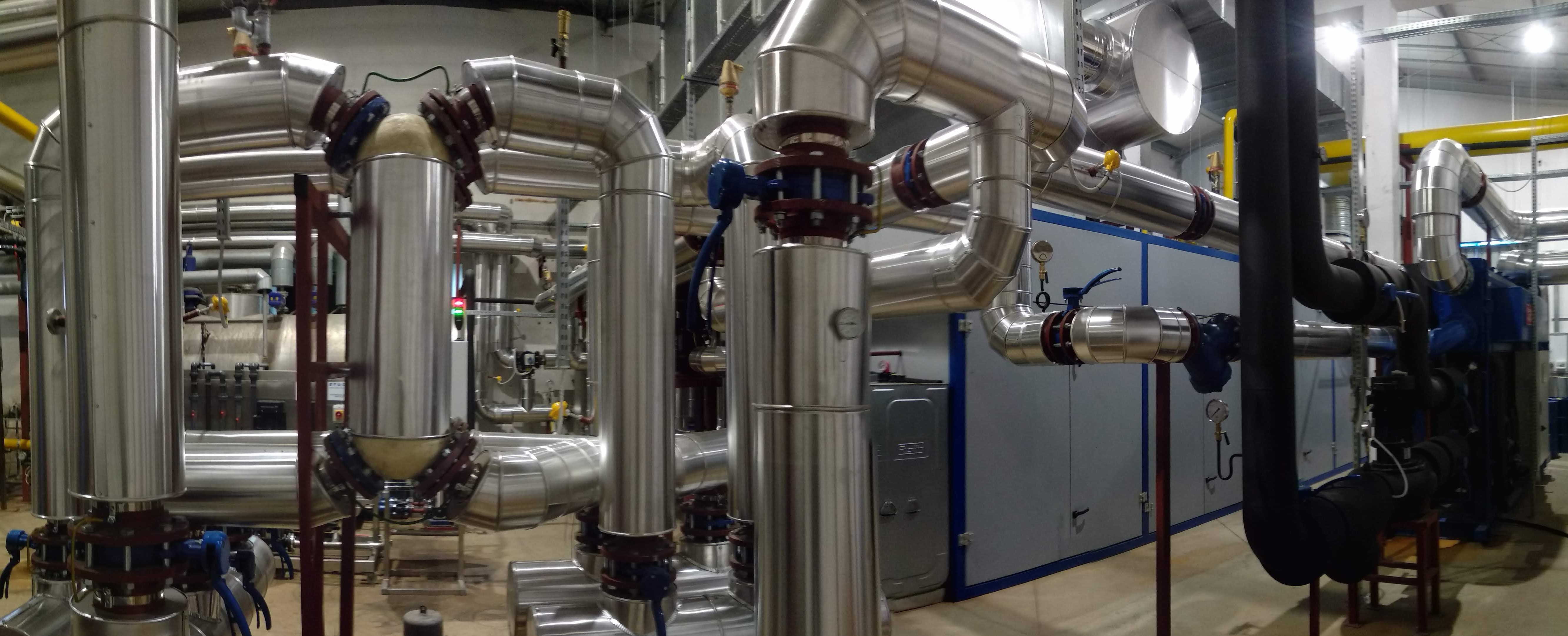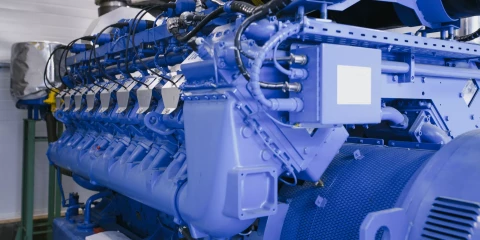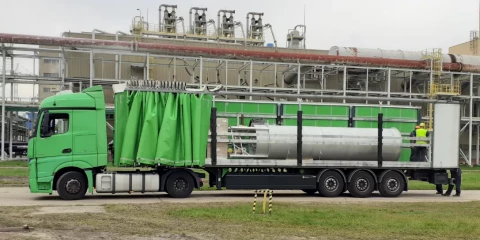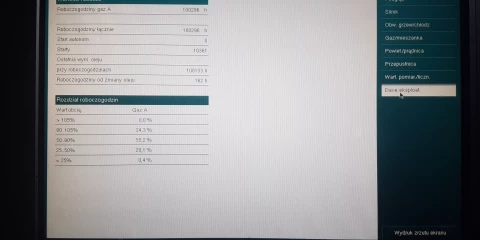How does polygeneration realte to mushrooms?
We will try to answer this question using the example of one of our realisations. Hajduk Group Sp. z o.o. is a major producer of cultivation substrate and mushrooms themselves. It has extensive experience in the production of these mushrooms from the inoculation of mycelium in the substrate to the harvesting stage. Many years of work in the industry translates into knowledge of how to provide mushrooms with the best conditions during the entire production process. Suitable humidity and temperature are very important factors. To maintain these parameters at an acceptable level, air conditioning is essential. This results in the energy cost being a significant part of the total cost of the final product.
Is it possible to reduce energy costs in a mushroom plant through polygeneration?

In 2018, the Hajduk Group signed a contract with Centrum Elektroniki Stosowanej CES Sp. z o. o. for the supply of a polygeneration system, generating not only electricity and heat, but also cooling and steam. The base of this system is a MWM TCG 2020 V16 cogeneration unit with an electrical output of 1560kW and a thermal output of 1580kW.
An absorption chiller with a capacity of 720kW provides cooling to the production halls where the mycelium substrate is produced, using heat from engine cooling. The heat from the exhaust gas, which is characterised by high temperatures, is used in the steam generator, which can supply 1060 kg/h of steam at a pressure of 9 bar. The steam generated in the polygeneration system is used to sterilise the halls between production cycles. The plant also uses hot water for washing and other process purposes.
During standard operation, the production of heat, steam, cooling and electricity from the polygeneration system completely covers the plant's needs. However, on hot summer days, additional cooling production from electrically powered chillers is required. Similarly, on very cold winter days, the halls may need to be reheated with heat from the CHP.
The polygeneration system is flexible enough to allow the plant owner to maintain the right temperature parameters throughout the year, and the combined production of the necessary utilities results in significant savings. This has made it possible to achieve high mushroom yields with lower energy costs.
Installing cogeneration when there is no gas pipeline nearby
Agricultural production located far from large cities very often has limited possibilities to connect to the natural gas network or the amount of gas that can be supplied is insufficient. However, this does not exclude the possibility of using CHP. At the Hajduk Group plant, the fuel for a CHP unit with a capacity of over 1.5 MWe is LNG. This solution allows polygeneration to be installed almost anywhere, and independence from the gas pipeline is now becoming even more important, also for other reasons.
Below is a link to an article about this realisation on the MWM website:
https://www.mwm.net/en/news/news-releases/chp-plant-with-mwm-gas-engine-for-mushroom-production-in-poland-ensures-optimum-growth/


